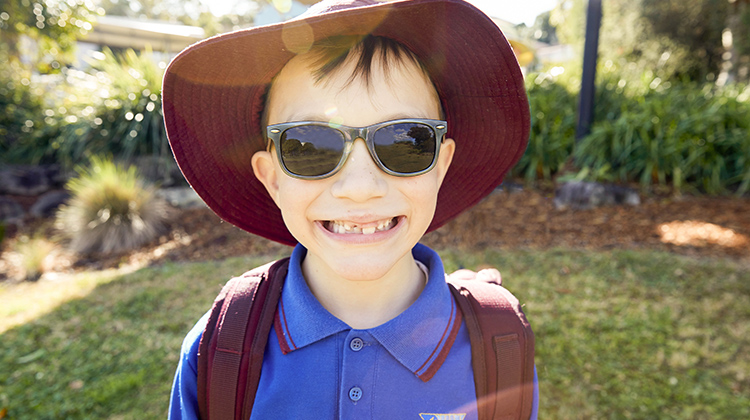Why we need to teach students about skin cancer prevention

One of the lesser known facts about melanoma is that it’s the most common form of cancer affecting young Australians aged 15-24.
It seems our young people have adopted our love for the sun, which can have serious consequences.
High sun exposure in the first 10 years of life more than doubles the risk of melanoma, while painful sunburns before the age of 20 are associated with a 1.5 times increased risk of squamous cell carcinoma and 1.6 times increased risk of certain basal cell carcinomas.
Concerningly, secondary school students aged 12-17 in Australia are spending more time in the sun than any other age group.
This is why the NSW State Government has classified children under 12 years of age and adolescents and young adults aged 13-24 years as priority groups within NSW’s Skin Cancer Prevention Strategy, putting the onus on us as teachers to help students learn life-saving behaviours that protect their skin from the harmful effects of the sun.
But how do we do this?
Earlier this month, in the lead up to summer, the Cancer Institute NSW released a suite of new and interactive skin cancer prevention resources for NSW schools.
The new Sun and UV at School classroom resources provide primary and secondary students with the latest information on sun protection in a contemporary and engaging way, assisting them to make healthy, safe, and proactive choices to reduce their risk of skin cancer.
Curriculum-aligned
The evidence-based resources were developed by curriculum experts in consultation with the NSW Department of Education, SunSmart and a range of education sector representatives and are aligned to the objectives, content, skills, and outcomes of the NSW PDHPE and Science K-10 syllabuses.
They are also linked to the Australian curriculum where relevant so that they can be used by teachers and schools in other states and territories.
Easy to use
Value-packed, engaging and ready to-use, the new resources suit different teaching styles, learning environments and student needs. They include grab-and-go activities, complete units of work, individual lessons, animations, infographics, presentations and links to data repositories.
They are also accessible across a range of formats, technologies and connectivity levels, and include both digital and printable resources.
Flexible
The Sun and UV at School classroom materials have been designed so that teachers can identify, adapt and use what they need for lesson plans. Resources can be broken up into individual Science and PDHPE streams or taught as integrated lessons, facilitating collaboration between PDHPE and Science departments.
Teachers can individually select materials that suit their specific context and can run classes either as a whole-of-class collaboration with the teacher as a guide, as a collaborative team project whereby students work self-directed in groups, or as a choose your own adventure, where students work individually.
Focused on student-centred design
Each Stage Program (Early Stage 1 - Stage 5) introduces students to a concept or project idea, from urban shade design to the impact of UV on different skin types.
It is then followed by a range of opt-in activities in which students become ‘Specialists’ or experts in that particular subject matter. As ‘Data Doctors’ they unpack the data around questions such as ‘What is UV?’ and ‘How do sunscreens work?’, and as ‘Myth Busters’ they become critical thinkers who challenge current marketing campaigns tied to sun protection.
Through an associated Sun and UV at School Challenge, students are further tasked withdesigning fun, functional and innovative spaces that provide essential shade for their school and community, protecting them from the effects of sun and UV.
It’s initiatives like this that provide a rare opportunity for teachers to engage young people in making a real difference in their own lives and the lives of others within their community.
However, to affect change we must first educate and empower. The Cancer Institute NSW’s new suite of Sun and UV at School allow us to do just that - helping to prevent skin cancer among our young people.
Find out more: www.cancer.nsw.gov.au/sun-school